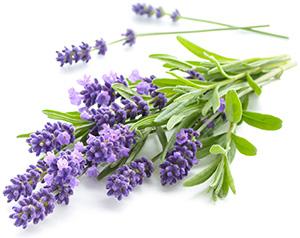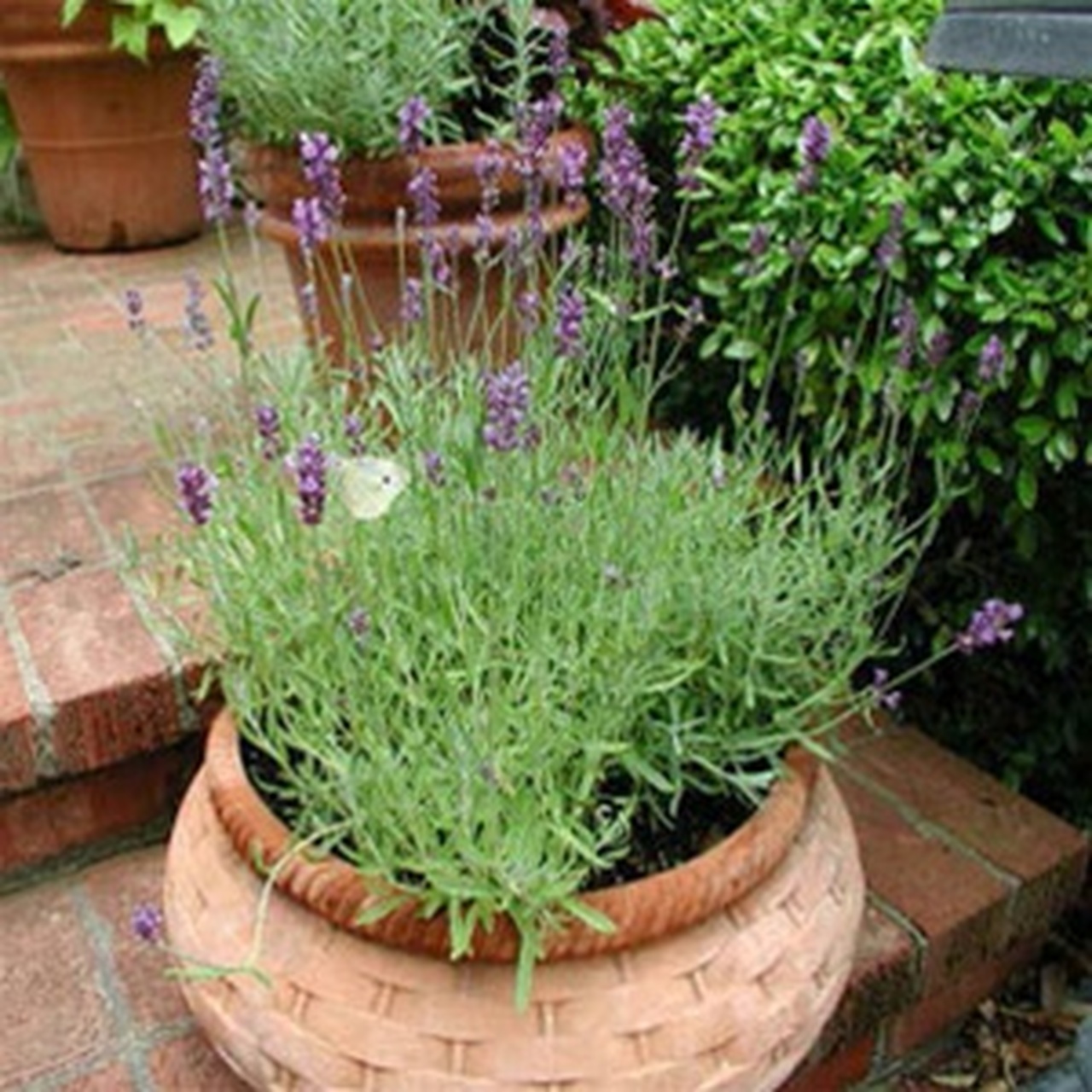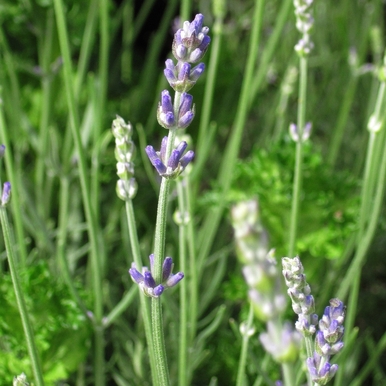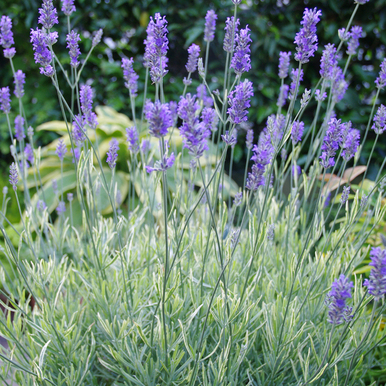Mmmmm… What’s That Smell? Wait, don’t tell me – it’s lavender, of course!
Posted by John Friel on Jun 30th 2022
Yes, it’s Lavandula, all right. Nothing else can match the fresh, clean fragrance of this legendary herb. We know that fragrance well, since we grow 12 varieties in several species. Let’s look at four of them, shall we?

The specific epithet means “narrow-leaved.” Which is much more accurate than the common name “English lavender”, since it’s of Mediterranean origin. It acquired its nickname because it grows great in Great Britain.

Big Time Blue PP24827 Wider than it is tall at maturity, this vigorous variety sends up fusillades of rich purple/blue flowers up to 7” long atop sturdy spikes. Height 18 – 24”.

‘Hidcote’ Typifies the species, with handsome, subtle grey-green foliage and rich purple flower spikes. A garden classic that works beautifully in border or container. Height 2’.

‘Munstead’ Stands a bit shorter. Compact and shrubby, it features rich heliotrope blue flowers. A good container choice. Height 12 – 18”

Platinum Blonde PP23834 Striking! Unusually broad leaves are pale gray-green with gold edging. Flowers are light blue. Height 16 – 24”
Footnotes
● Like many Mediterranean herbs, L. angustifolia resents excessive moisture and grows best in well-drained soils. All our varieties are hardy to Zone 5.
● That marvelous clean, fresh scent gave the genus its name. Lavender is from lavare, Latin for “to wash.” It’s been used for that purpose for millennia.
● ‘Hidcote’ is named for an Arts & Crafts garden in England’s Cotswolds, near the hamlet of Hidcote Bartrim. The National Trust says Hidcote is “a stone’s throw from Stratford-Upon-Avon” and Shakespeare’s Globe Theatre, but that’s just an expression. Actual stone-throwing is frowned upon.
● ‘Munstead’ is another English classic, introduced in 1916 by English garden goddess Gertrude Jekyll and named for her garden near Munstead Wood.
Next episode, we’ll give you the lowdown on some of our other varieties. Meanwhile, give your lavender the best possible start with nifty, thrifty 72-cell liners from Emerald Coast Growers – your easy choice!

